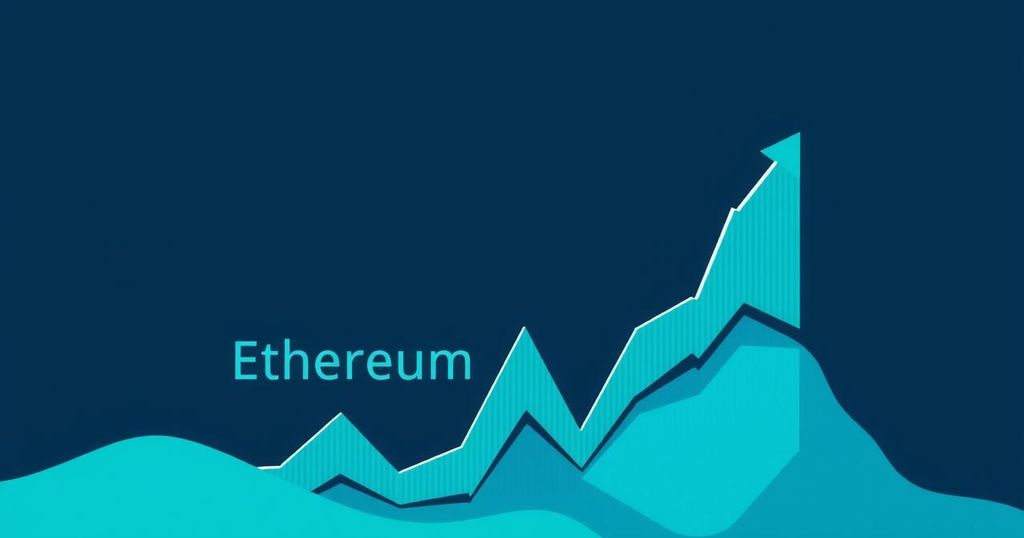Ethereum Price Analysis: Pectra Upgrade Hints at Bullish Potential
Ethereum rebounds to $1,817 after hitting a low of $1,737 ahead of the Pectra upgrade on May 7. This upgrade, targeting scalability and user experience, could attract more institutional investors. A Dragonfly Doji pattern suggests potential bullish movements, as ETH retests a parabolic support line historically linked to upward trends.
Ethereum (ETH) has recently recovered to a price of $1,817, bouncing back from a low of $1,737 on April 30. This upward movement comes just ahead of the much-anticipated Pectra upgrade scheduled for May 7, which many analysts believe could propel ETH into a stronger market position.
In the last day, ETH has been trading within a range of $1,737 to $1,817. Technical analysis suggests a marked shift in market mood, with the Relative Strength Index (RSI) inching towards the Overbought territory—signalling potential bullish momentum.
April 30 saw ETH start the day with brief positive movement before bearish patterns drug the prices down. A Death Cross marked this downturn just after 01:05 UTC, adding pressure on prices. However, after hitting support at $1,790, ETH launched briefly into an upward channel, only to be met with resistance at $1,812, sending it down to a low of $1,737.
A reversal occurred when the RSI dropped into Oversold territory at 13:50 UTC, allowing ETH to bounce back with solid support at its low. A Golden Cross occurring on the MACD at 14:15 UTC hinted at a potential turnaround, marking a bullish phase for Ethereum.
Eagerly awaited by many, the Pectra upgrade is said to be pivotal for the Ethereum network. Set to implement 11 Ethereum Improvement Proposals (EIPs), the upgrade mainly focuses on increasing scalability and improving user experience along with making staking more efficient. This could significantly enhance Ethereum’s appeal to both individual and institutional investors.
One of the standout features is EIP-7702, which introduces smart wallet capabilities to Externally Owned Accounts (EOAs). This means regular wallets could temporarily function like smart contracts, allowing options for token-based gas fees and batch transactions—it’s similar to what Paymaster does currently.
You can check out an explanation of the Pectra upgrades by watching @Dav1dDuong and @MurrLincoln discuss it further.
The staking upgrades are expected to rekindle interest from institutional investors. Currently, validators are required to stake 32 ETH, but this will change to 2.48 ETH, making it more accessible. Also, the new upgrade will ease entry and exit for validators, which comes at a crucial time, especially since some institutions have reportedly been decreasing their ETH holdings.
While facing some challenges, Ethereum appears to be forming a potential bottom according to various technical indicators. A noteworthy Dragonfly Doji candlestick pattern has emerged, reminiscent of the period before Ethereum’s massive rally of 25,000% in 2017. This configuration generally suggests that sellers are losing their grip while buyers are beginning to step in.
Furthermore, ETH is retesting its long-term parabolic support line. This level has historically acted as a launch pad for significant upward movements. One analyst remarked that every time this zone is revisited, it triggers reversals, hinting at a pattern noted back in early 2017 when ETH skyrocketed from about $6 to $1,400.




Post Comment